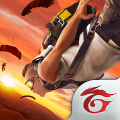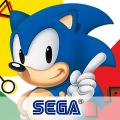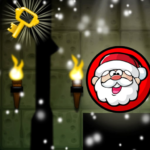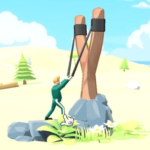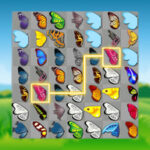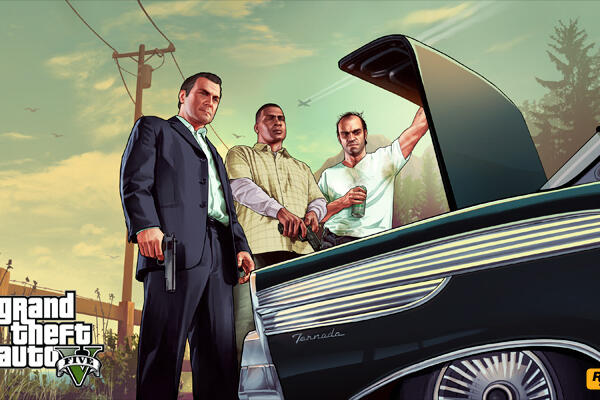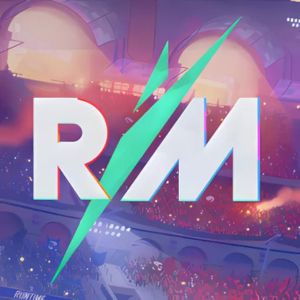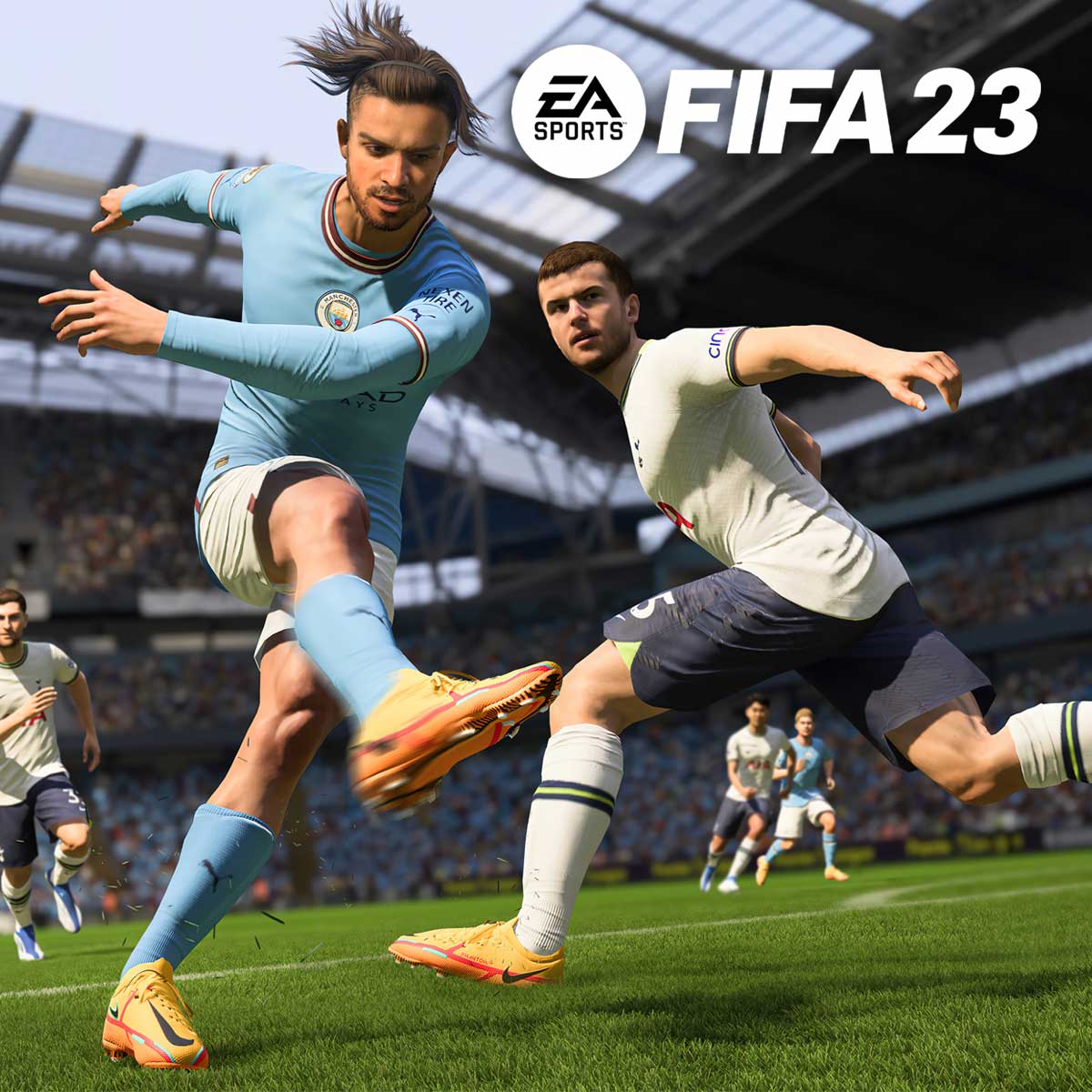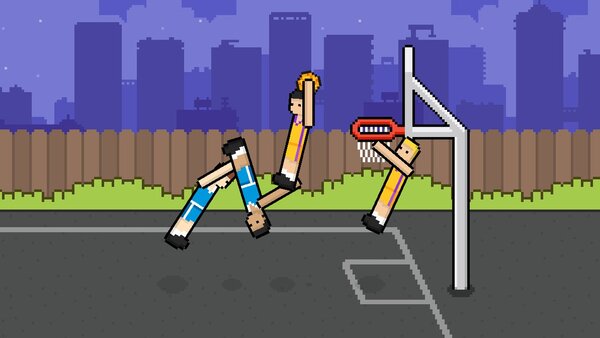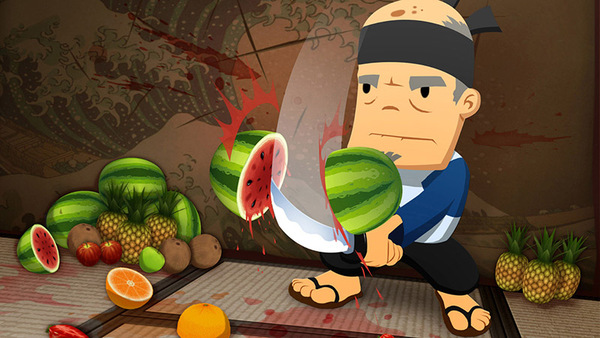The Evolution and Impact of Dota 2 in the Gaming World
Dota 2 Review — Valve’s iconic multiplayer online battle arena (MOBA) has redefined competitive gaming. From its roots as a Warcraft III mod to becoming a global esports powerhouse, Dota 2 has influenced game design, community development, and professional play on a massive scale. This Dota 2 review explores the game's origins, growth, competitive scene, and continued legacy in the world of gaming.
The Origins of Dota 2
Dota 2 began as Defense of the Ancients, a custom map mod for Warcraft III. Its blend of teamwork, hero abilities, and strategy created a new genre. Recognizing the game's potential, Valve hired lead developer IceFrog to build a standalone title. The result was Dota 2, a polished evolution of the original experience.
Development and Early Access
Valve focused on preserving the complexity of DotA while improving visuals, controls, and accessibility. With cleaner graphics and a better user interface, the sequel was easier to learn yet hard to master. Dota 2 entered beta testing in 2011, gaining feedback from players around the world.
Official Release and Community Growth
The official release came in July 2013. By launch, the game featured 102 unique heroes. Valve kept the game free-to-play, relying on cosmetic items and a marketplace for monetization. This model attracted millions, helping the community grow rapidly.
Esports and the Rise of The International
No Dota 2 review is complete without discussing The International. Valve’s flagship tournament debuted in 2011 with a $1 million prize pool. Since then, player-funded prize pools have exceeded $40 million. The International set a standard for esports excellence and media production.
Dynamic Metagame and Hero Updates
Dota 2 is known for its ever-changing meta. Frequent patches adjust hero strengths, item mechanics, and map balance. This constant evolution keeps the game fresh and encourages players to adapt. Whether you’re a casual gamer or a pro, the learning never stops.
The Importance of Team Strategy
Teamwork is essential in Dota 2. Every match involves five players per team, each controlling a unique hero. Success depends on synergy, communication, and execution. Drafting heroes, countering the opponent, and coordinating abilities all play major roles in the outcome of a match.
Community Content and Cultural Impact
Valve empowers the community to contribute. Players can design custom items, maps, and mods using the Steam Workshop. Fan creations have even been featured in-game. This deep connection between developers and players strengthens loyalty and keeps the game evolving.
Dota 2’s Influence on the Gaming Industry
Many modern MOBAs and competitive games draw inspiration from Dota 2. Its gameplay design, hero-based structure, and esports model have influenced titles across genres. It helped establish that video games could be serious careers, not just hobbies.
The Future of Dota 2
Dota 2 continues to evolve. Valve frequently updates the game, introducing features like Dota Plus and new gameplay modes. With an active competitive scene and global player base, the game shows no signs of slowing down.
Conclusion: Final Thoughts on This Dota 2 Review
This Dota 2 review shows why the game remains a landmark in the industry. With deep strategy, rewarding gameplay, and strong community support, it’s a masterpiece of modern game design. Whether you're a returning veteran or a curious newcomer, Dota 2 offers one of the most challenging and satisfying experiences in gaming today.


